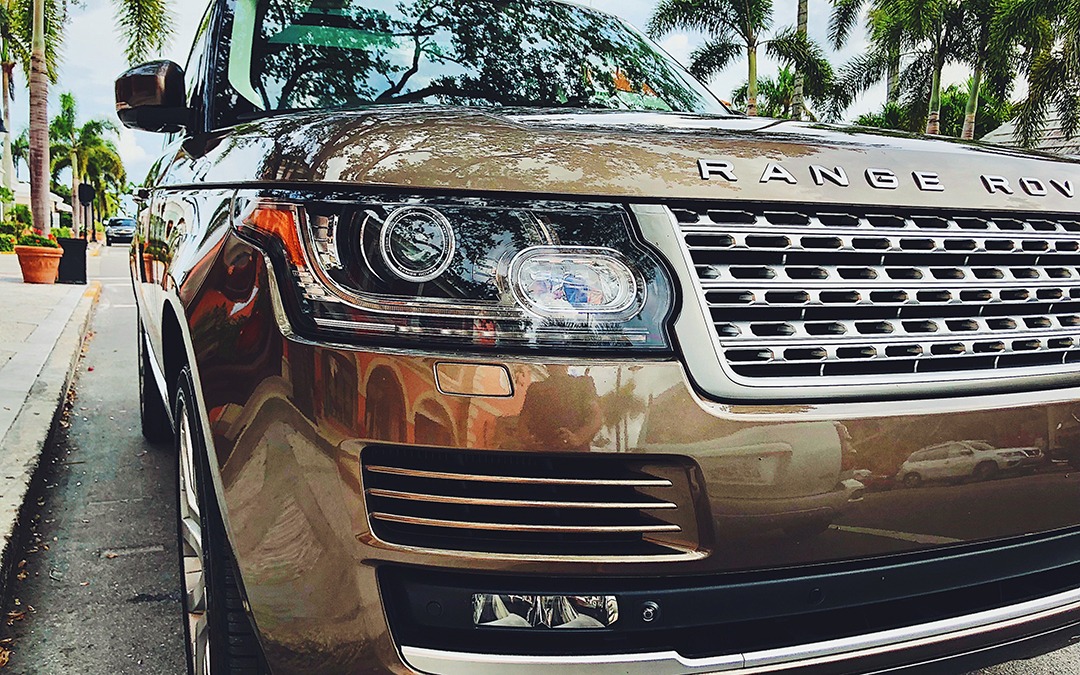
The Tax Cuts and Jobs Act changed the rules for business auto depreciation and deductions. Here are a few highlights:
Luxury auto depreciation limits
The law changed depreciation limits for luxury passenger vehicles placed in service after Dec. 31, 2017. If you don’t claim bonus depreciation, the greatest allowable deduction is $10,000 for the first year, $16,000 for the second year, $9,600 for the third year, and $5,760 for each later taxable year in the recovery period.
If you claim 100% bonus depreciation, the greatest allowable depreciation is $18,000 for the first year, $16,000 for the second year, $9,600 for the third year, and $5,760 for each later taxable year in the recovery period.
Note that under the IRS definition, most cars qualify as “luxury” vehicles, regardless of cost.
SUVs for business
Under prior law, most SUVs used for business were eligible for a $25,000 deduction under IRS Section 179, as well as 50% bonus depreciation on the balance of the purchase price.
The new tax law retains the $25,000 Section 179 expense, but most SUVs are also now eligible for 100% bonus depreciation, which means you can immediately expense the full cost in the first year.
Leased auto deductibility
If the leased vehicle is used 100% for business, the full lease cost is deductible. However, to prevent taxpayers from avoiding the luxury car depreciation limits that apply to purchased vehicles, the IRS requires a certain amount of the leased vehicle’s fair market value to be included as income during each year of the lease.
This income exclusion amount varies with the initial fair market value of the leased auto and the year of the lease.
Trade-in gains or losses
Prior to the new law, business auto trade-ins yielded neither gains nor losses. Now, taxpayers recognize a gain or loss on a trade-in— its trade value minus the remaining depreciable basis.
If you have questions about business auto depreciation or deductions, please contact us.